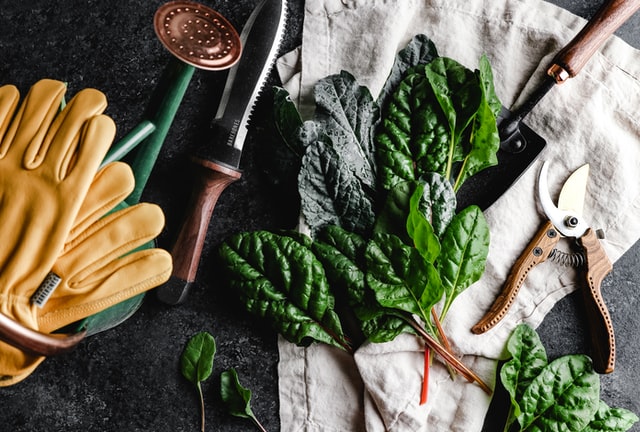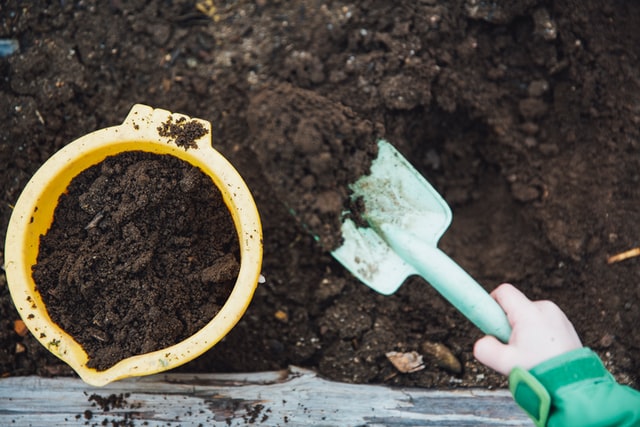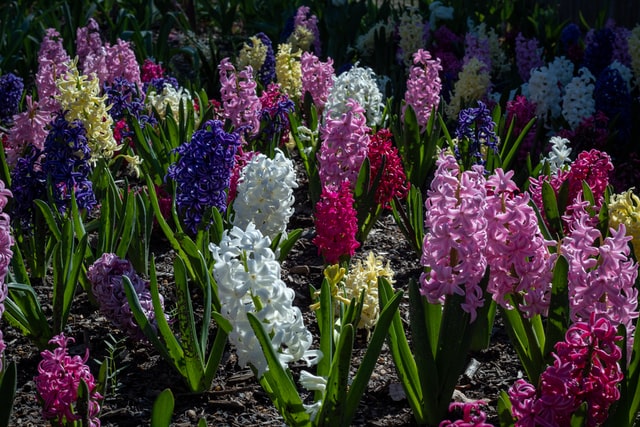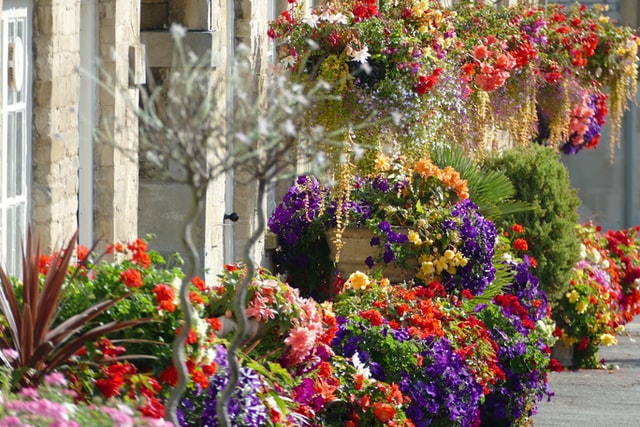Before you know it, the year will pass, and you will be getting ready for a spring garden. If you don’t have green thumbs, you may think about how to achieve that without failing. There are many ways to prepare a garden for what it needs for spring; however, you can have the best one with just simple tips.
Spring flowers and many spring’s related plants need special care and good soil, especially after winter. From the ground to the landscape, preparing everything can be challenging, but it isn’t impossible. Here, we will share the best way to do this for the best season for flowers and what you need to know before starting to work.
Table of Contents
How to prepare your personal spring garden
Before getting your garden ready for spring, you will need to do some work beforehand. We recommend you to think ahead which flowers or vegetables you want and which are their needs. Also, you should have some room free for a composting area if you want to save a little money and have enough soil for the whole year.
Get your tools ready
Before you do everything, you want your tools to be perfect. Try to sharpen every blade, clean everything and get whatever you think you will need to work. When you finish cleaning them, you should cover them with penetrating oil to avoid rusting. The right tools, well-cared, can make a real difference when you are working in your garden.
This also will prevent that any fungus or plague can spread in your garden. The best way to clean them is to use hot water, a strong detergent, and a scourer if you want to deep clean them. However, if you want to know more about taking care of them, you can always follow this guide.

Clean everything
After a long winter, your soil might have a few more things other than plants living in there. This is why you want to be sure your spring garden will be ready, clean and ready for the plants or vegetables you will have. Of course, every dead organic matter can go to any compost pile to break down. However, if you see well-composted mulch, you can leave it right there to help the soil and the plants.
While you are cleaning, you must tidy up flower beds and borders at the same time. You can make a landscape for your spring garden while you are at this, but we recommend that you keep it asymmetrical. When everything is ready, put a 5cm layer of organic matter in the soil to ensure the flowers will grow healthy.
In case you want something smaller, but you don’t know where to put it exactly, try a raised bed. While you’re working on the soil, you could save some for a raised bed. These boxes are perfect if you want to have some herbs or don’t have the space. And, in case you buy a rare flower and want to give them and special treatment, you can build one or buy some garden boxes.
Remove any pest
During the winter, many species hibernate so they can infest gardens when the sun shine and the flowers bloom. Try to look at the plants, the weed, and the soil you remove when you are cleaning. If you are careful, you can discover slugs, snails, aphid colonies and more, which means you will need to clean the dirt.
You also should be aware of a unique larva that might be growing in your garden since summer. If you haven’t work on your garden since summer, you should give a good look at it and destroy all of the larvae you can. You should apply a chemical if you want to make sure nothing will spoil the future flowers.
Plan a maintenance routine
Springs gardens require a lot of work, which means you need to water them, remove weeds, and prune them. Pruning is vital if you have plants that are about to bloom, and you need to shape them. Before starting to do this, try to sterilize your tools before every cut, and be sure that the plant doesn’t bloom on old wood.
Try to think ahead how much sun they need and how many times you need to water them. Then, try to think of a watering system or something that works automatically, or hire someone to help you if you need it.
Create a compost area
Having your own compost ears can give you a boost if you want to really boost your spring garden. Compost can be done in a part of your garden; you can build a compost bin or buy it. Whatever you decide, you can recipe many weeds and things you remove from the soil or recycle stuff from your house.
You can put your organic waste and get it broken down into the soil. We won’t give you full instructions, but you can read more about it here. Once everything is broken down, you can mix everything with more materials and process it so you can use it in your garden. This is cheaper and an excellent way to nourish your plants.

Which flowers should you have?
When we think about any spring garden, we think of blooming flowers all over the place and with excellent reasons. Of course, you can pre-order many bulbs and seeds; there are a few things to keep in mind, however, we will write a little about it.
Weigela
If you don’t know these flowers, they are small, pink and beautiful. They are perfect for bringing bright colours to any garden. They aren’t high maintenance and bloom the biggest when exposed to the sun. In other words, it’s a perfect seasonal flower that can rebloom during the summer and fall.
Daffodil
However, these flowers symbolize spring; you must plant the bulbs very ahead of time, almost in summer or fall. They bloom when the spring is about to come, so your garden will have flowers beforehand. Their colour is a very bright yellow and they’re not too big, so you can enjoy them inside or outside your home.
Primrose
The Daffodil blooms pretty early during the spring season, so they announce when it’s finally here. Primroses are almost like small rainbows because they have more than one colour, combining deep yellow and pastel purple and pink. You can have many varieties of these flowers, making them easy to blend with the rest of your spring garden.
Tulips
Tulips can be hard to maintain, but they are one of the most gorgeous spring flowers. The bulbs must be planted during the fall if you want them to bloom during the spring, but they are worth it. Of course, they need special care, like being plant in pots to avoid pests or be near daffodils.
Hyacinths
Once you have hyacinths in your garden, you won’t stop having them. They are fragrant, beautiful flowers that are easy to take care of. You must plant them during fall if you want them to be fully blossom during spring. The flowers last for weeks, and pests won’t bother them because their bulbs have a toxic substance for most plagues.

What things you should keep in mind before planting anything in your spring garden
We told you which flowers you should have and how to get your garden ready, but there is more. For example, we haven’t mentioned how you can make your garden look incredible during the springtime. You also might want to plant ahead of time the landscape if you want it to make your house look incredible when everything blooms.
Choose a colour palette
This might sound silly, but a beautiful spring garden must have a color palette to contrast the flowers. If you keep monochromatic colors, your garden will be gorgeous, but maybe a little boring. So instead, try to frame the surroundings with pots and mix the colors of the flowers in your garden so they can look catchy. We recommend you that you also mix flowers so they can make patterns in your garden.
Balance the sizes
If you already have trees or big plants, we recommend you to balance the sizes of everything. This is important because you don’t want beautiful flowers behind bushes, where nobody can see them. Try to keep an organized landscape, it doesn’t have to be very symmetrical, and you can mix it a little. When you combine areas, you can still show everything well, but it will look natural.
Think about the fragrance you want
Flowers are like perfumes but in nature. Many spring flowers have a natural, distinctive and fantastic aroma. You should think ahead which scents will go better with your spring garden if you want to keep a good balance. If you don’t do this, you might end with a party of very different aromas that probably, won’t mix well. Another thing you can do to avoid this has the fragrant flowers in different sections, far from each other.





